It’s been almost a thousand years and a half since the domestication of rabbits. They have been a pet and a source of meat. With that said, wild rabbits are still present in the modern days.
We will tell you all about what do rabbits eat in the wild.
Overview of Wild Rabbits
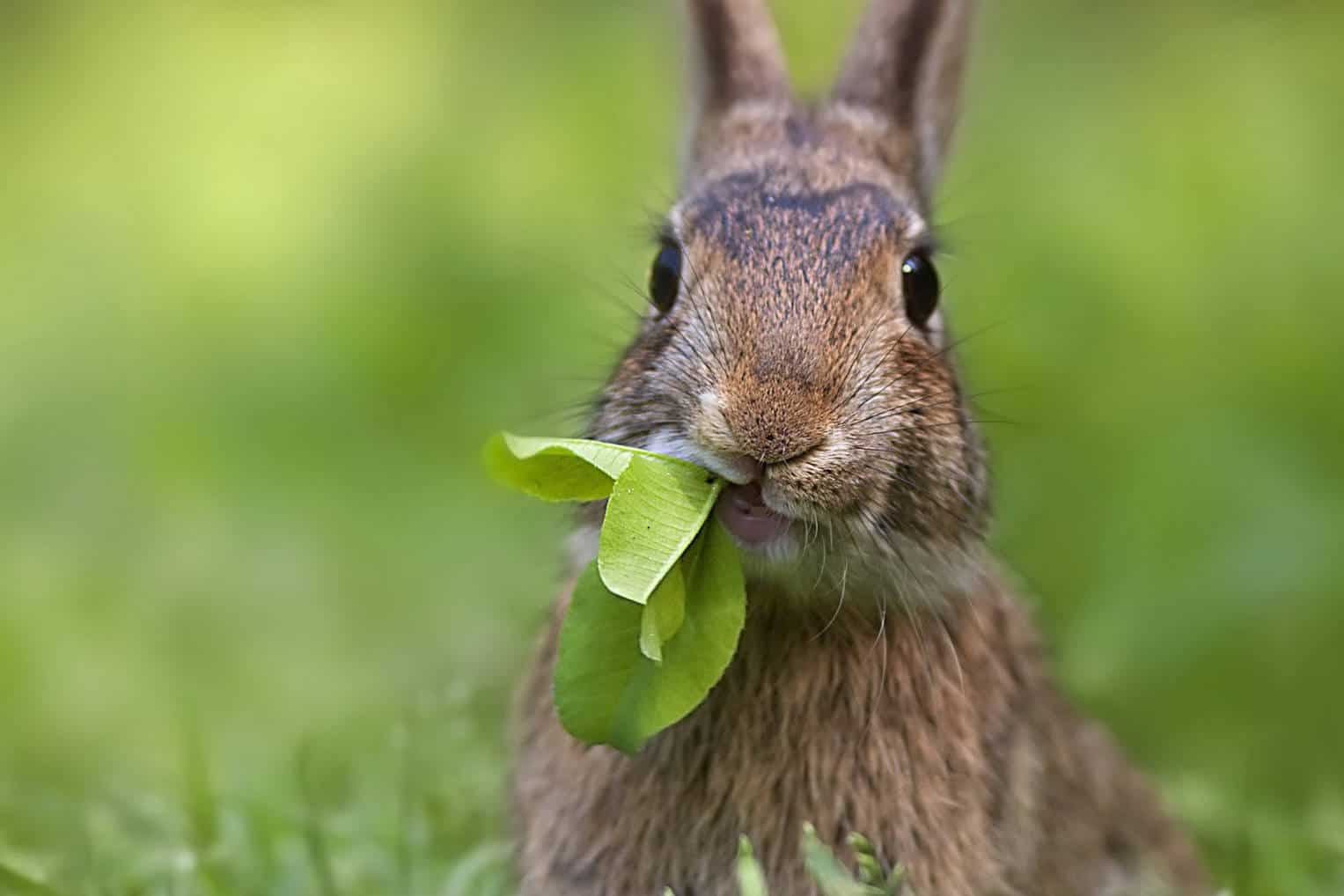
Although rabbits have been in domestication for quite some time, many species are still available in the wild. Rabbits are grazing animals like goats and cows. It means that they primarily feed on grass and other leafy plants.
Rabbits are nocturnal, so they commonly forage for food from late afternoon to nighttime. You can see wild rabbits in meadowy places rather than the thick forests.
Grass Weeds
Grass and weeds are the primary food source for rabbits living in the wild. Since they are grazing animals, having a diet of around 50-80 percent grass weeds is nutritious enough for rabbits.
Feeding on grass weeds also means that they have a stable source of food that can sustain their diet all year round.
The food source also provides a good amount of fiber, perfect for maintaining a healthy gut. Providing fiber is essential since bunnies have a susceptible digestive system.
Calcium and protein are also present in different grass weeds and hay. The amount present varies from one type of grass to another.
Here are some grass weeds you can feed your bunnies:
Type of Grass | Fiber Content | Protein Content | Calcium Content |
Timothy Grass | 32-34% | 8-11% | 0.4-0.6% |
Meadow Grass | 33% | 7% | 0.6% |
Oat Hay | 31% | 10% | 0.4% |
Orchardgrass | 34% | 10% | 0.33% |
Timothy Grass
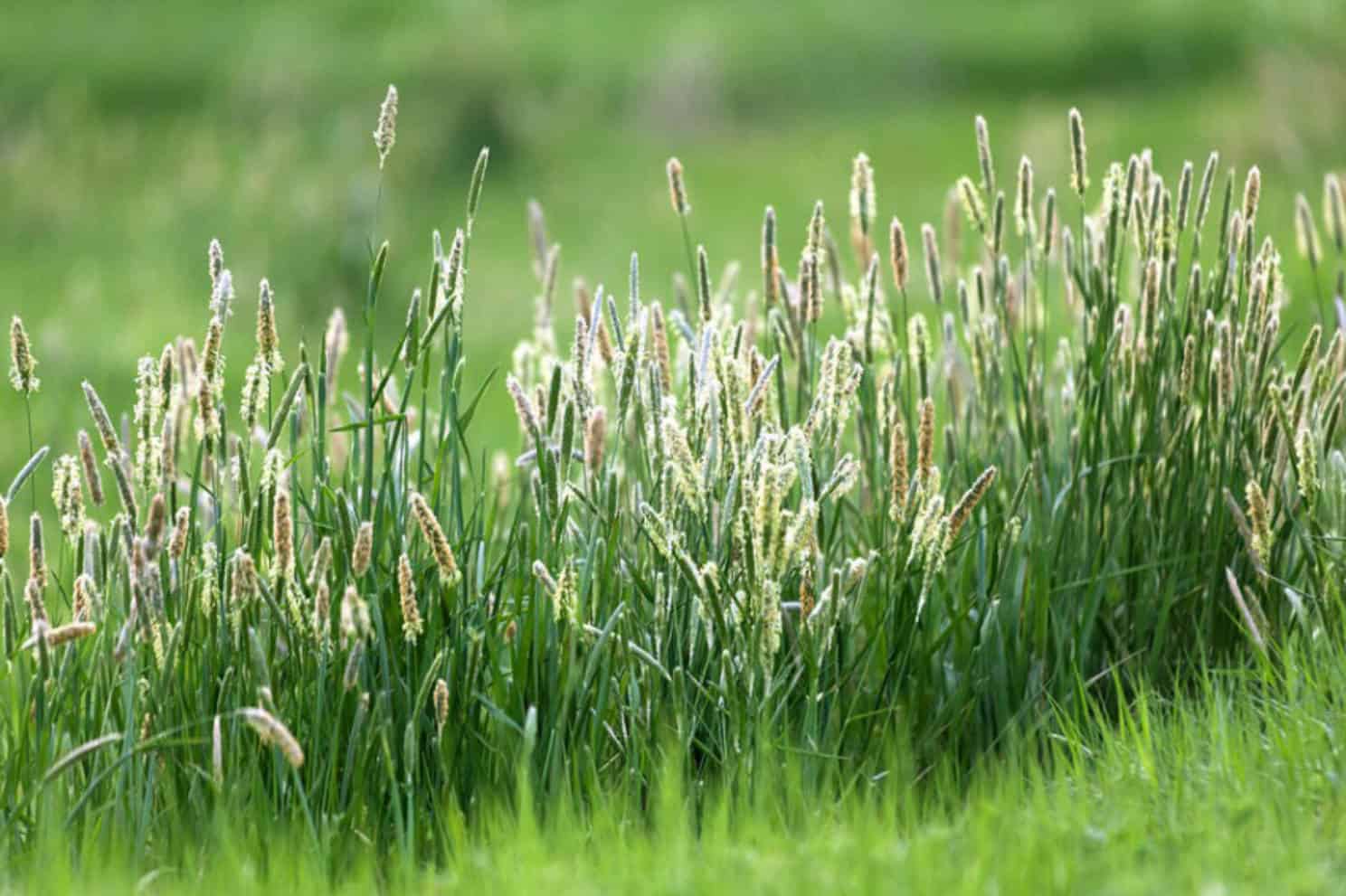
Timothy grass is the most popular grass for rabbit consumption. The stem and leaves are great for fulfilling the rabbit’s dietary needs.
The timothy grass contains a good amount of fiber, perfect for rabbits with a delicate digestive system. The grass is also low in protein which leads to easier digestion.
Meadow Grass
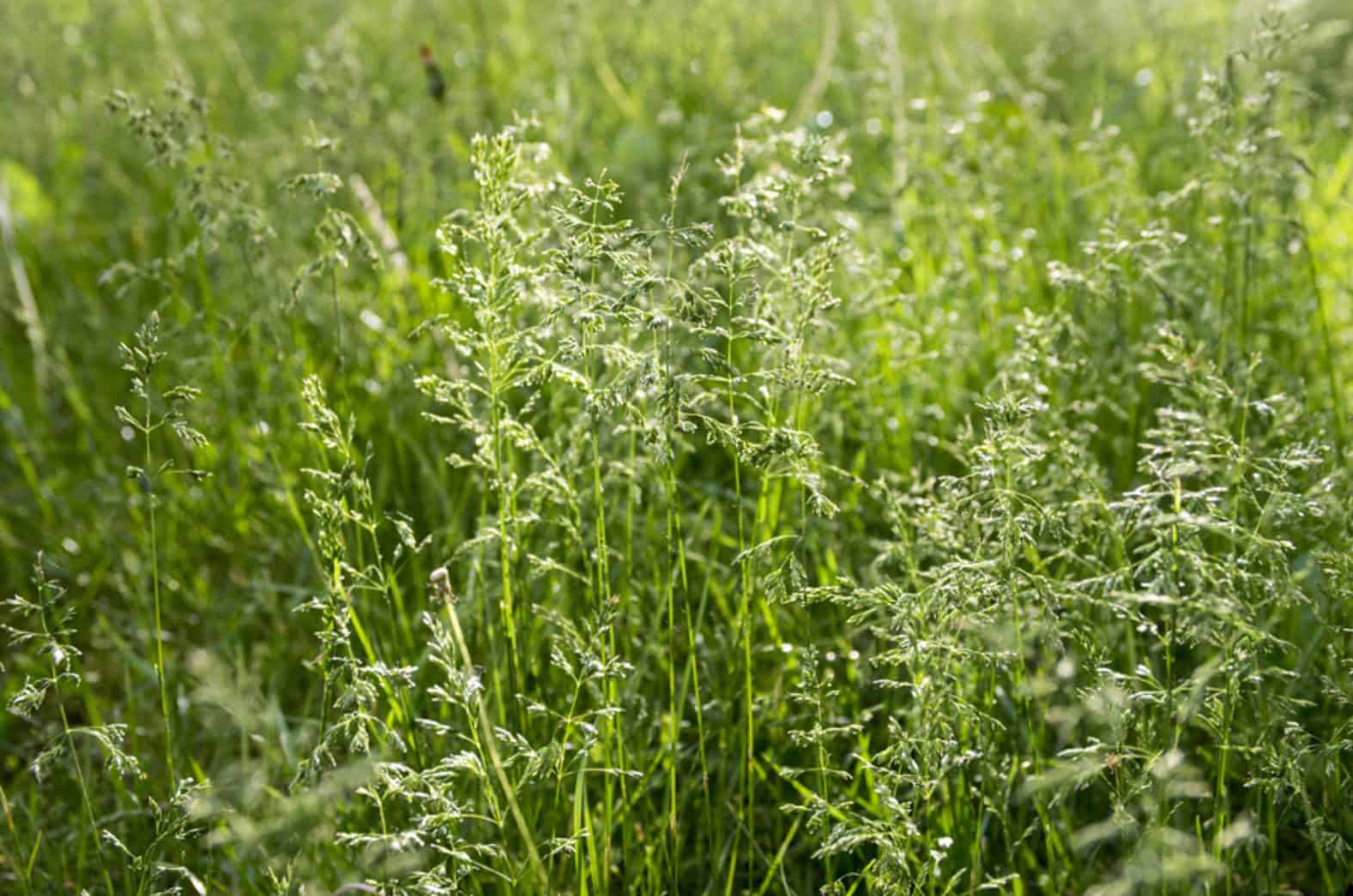
You can see meadow grass on big fields. Their relatively shorter grass blades characterize them. They are very accessible and will grow in fertile soil with enough moisture and sunlight.
Meadow grass is the accumulation of different grasses present in the area. It’s recommended to limit the consumption as it may cause a surplus of protein.
Oat Hay

Oat hay is very rich in fiber. The grass is commonly harvested when young and without seeds. It’s a good source of vitamins and minerals for wild rabbits.
Orchardgrass
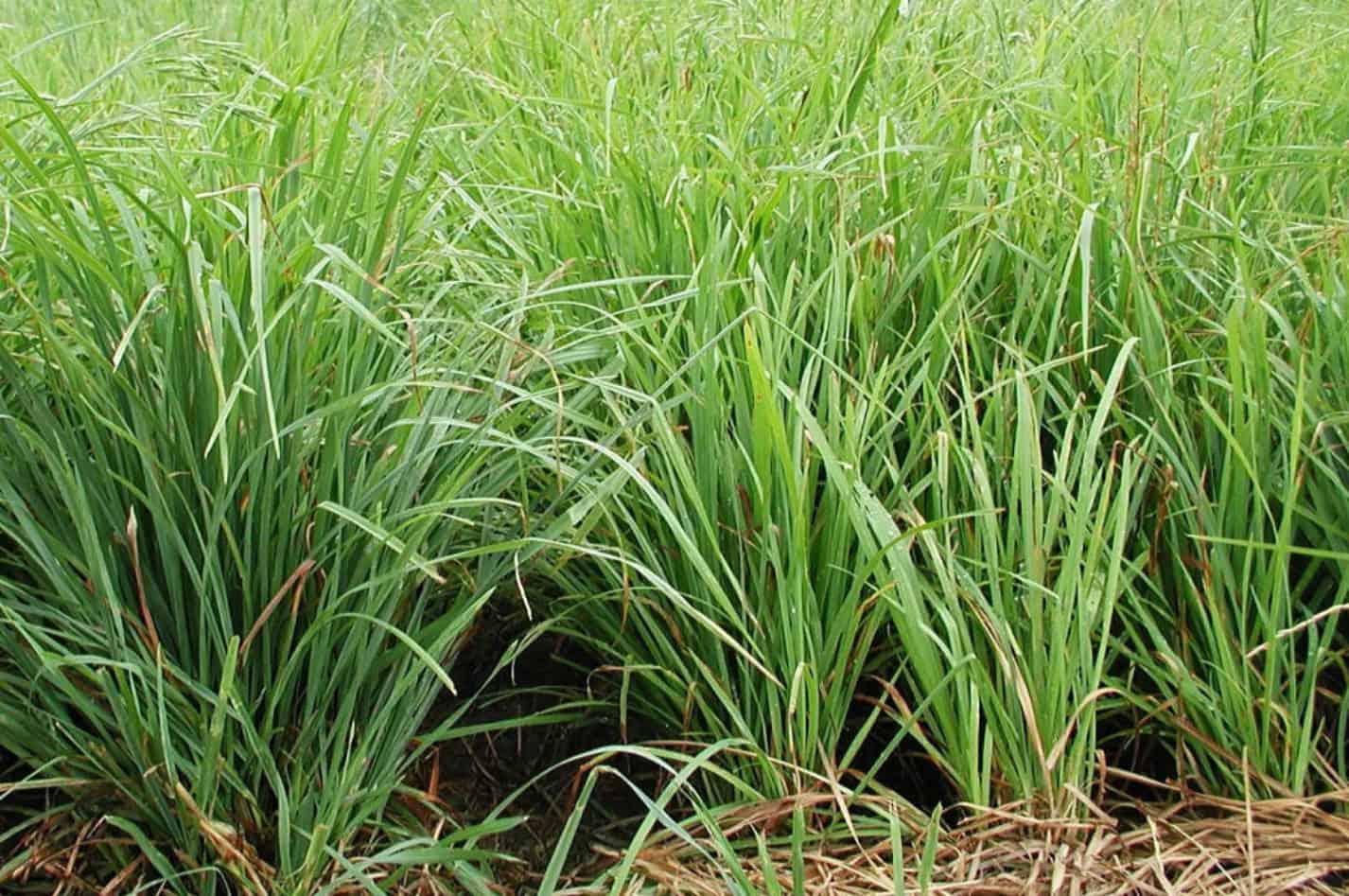
The orchardgrass is one of the most nutritious grass for wild rabbits. They are rich in protein, fiber, and calcium. Drought is also not a problem with the orchard grass as they have high resistance against heat.
Vegetables
Vegetables are another integral part of the diet of wild rabbits. Since wild rabbits are more active with foraging, they need enough vitamins and minerals to sustain their diet.
Although grass, hays, and weeds are excellent sources of fiber, calcium, and protein, they have little to no amount of other needed vitamins and minerals compared to vegetables.
Leafy Greens
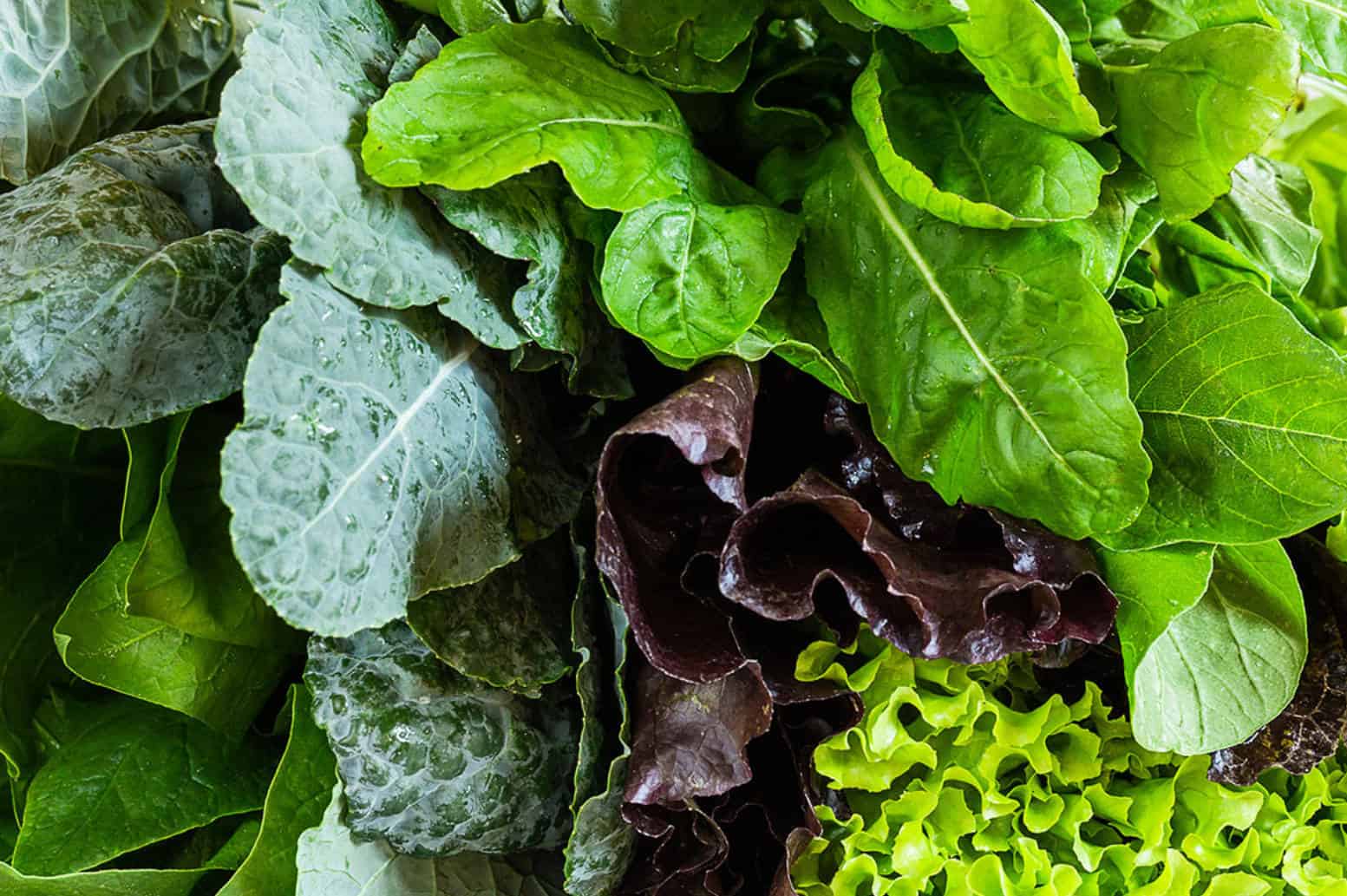
Vegetables have a more comprehensive option compared to grass weeds. Leafy greens such as lettuce, brussels sprouts, and kale are a few examples of leafy vegetables that wild rabbit likes to eat.
The leaves are soft and easy to digest. These leafy greens are also present with vitamins such as vitamin K and vitamin A. These are great for bone growth and reproduction.
Other leafy greens that wild rabbits love to eat are:
Alfalfa
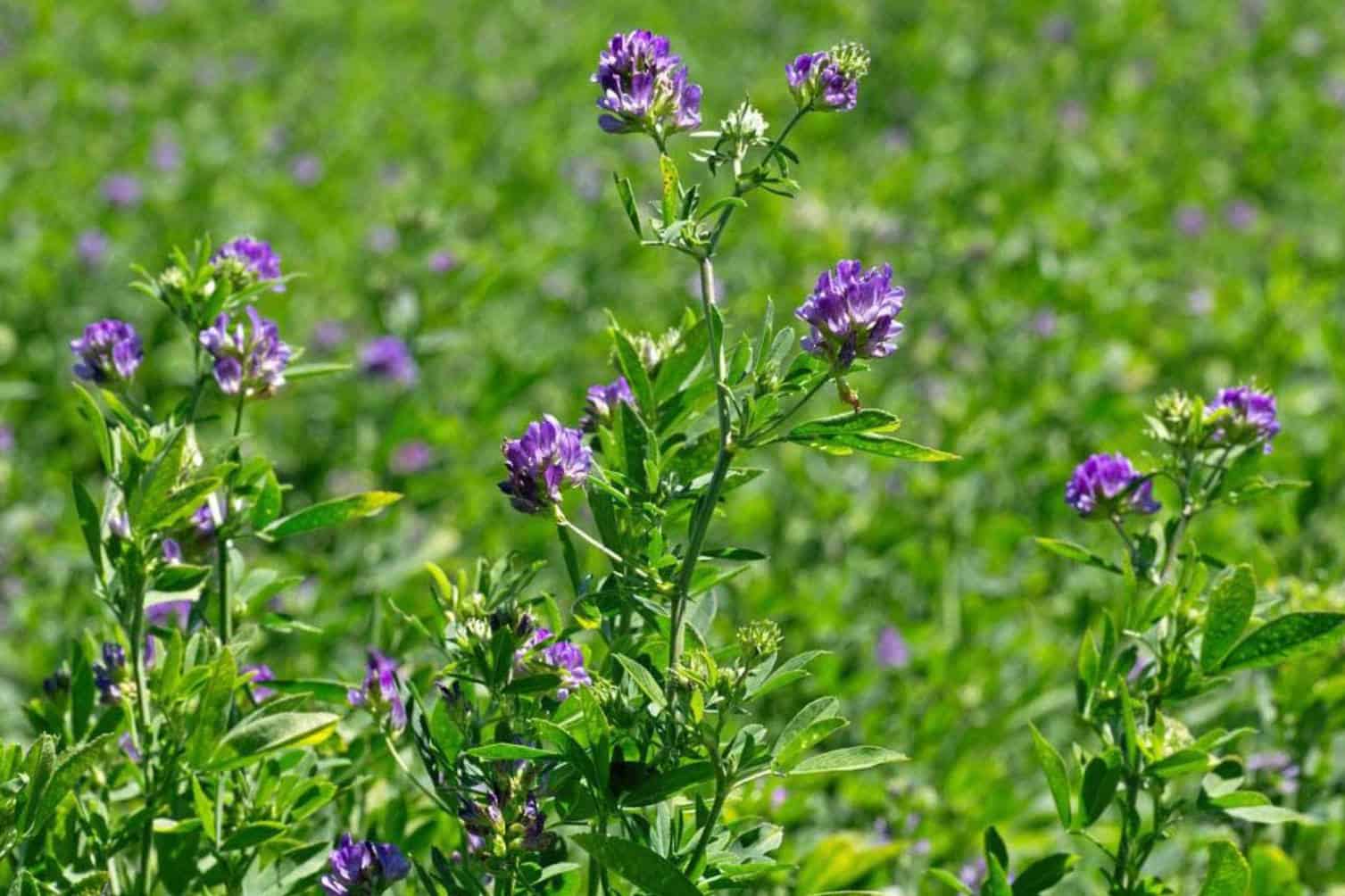
Alfalfa is a type of legume rich in protein and calcium. Due to its high protein, alfalfa is an incredible food source for young rabbits. The legume helps with the growth of kits.
Arugula

Arugula is rich in vitamins such as vitamin C and A. The leafy green also has little to no calories, great for keeping wild rabbits healthy.
Carrot Leaves

Although the media made us believe that carrots are a primary part of their diet, it couldn’t be farther from the truth. Carrots are high in glucose which is not a good component as a primary food source for wild rabbits.
On the other hand, the leaves of carrots are a good snack for rabbits, like the leafy greens. Rabbits can still feed to exposed parts of the carrot, although it’s highly improbable.
Radish Leaves
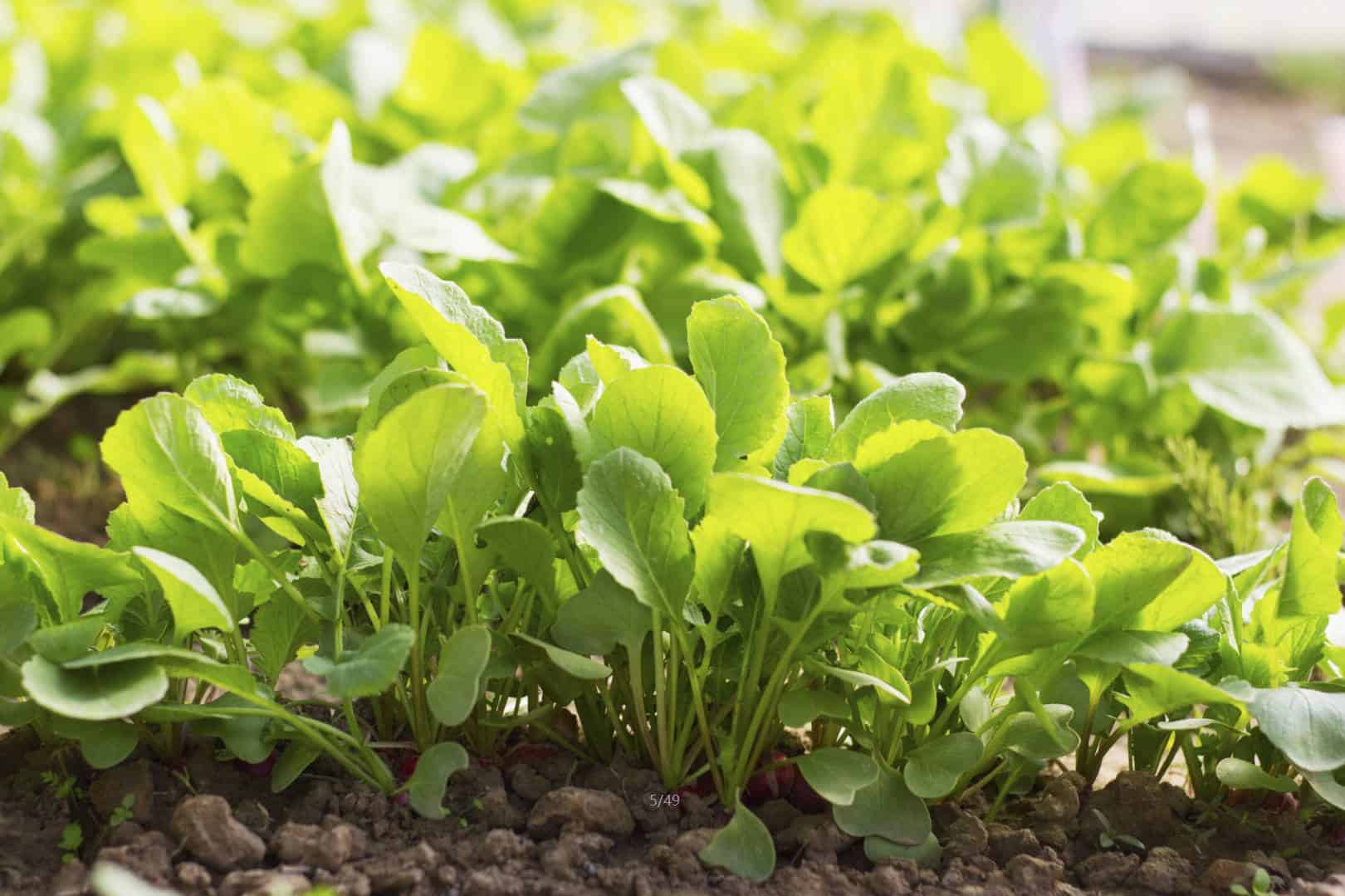
Same with carrots, wild rabbits eat the top leaf or radishes. The vegetable is rich in various vitamins and minerals.
Bok Choy
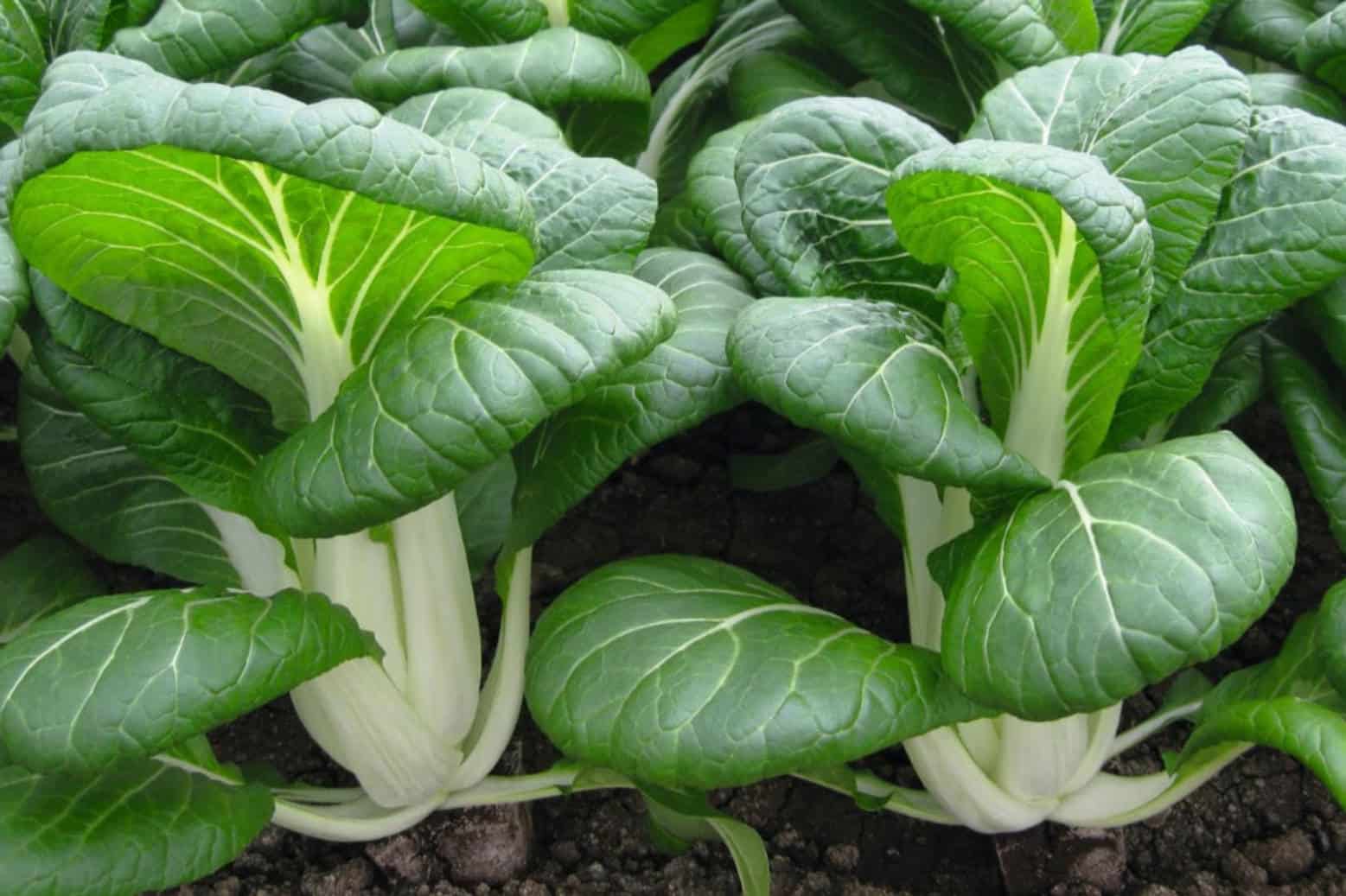
Bok choy is a good source of antioxidants. Rabbits can also get vitamins C, A, and K from bok choy. The vegetable also has a good amount of water, so it’s good to aid dehydration.
Herbs
Herbs are not only found in the kitchen, but they are also a food source for wild rabbits. Like vegetables, herbs offer plenty of different variations in nutrients and minerals. Their intense flavor and taste are also a factor for their advantages.
It’s observed that wild rabbits eat herbs such as:
Oregano

Oregano is one of the most accessible herbs. Rabbits can often encounter the oregano in the wild. The pungent smell and flavor may deter some bunnies, but oreganos are very safe for consumption.
Mint

Mint is safe for wild rabbits. Although the herb has a strong smell and flavor that other wild rabbits may not like. It’s a great relaxant for the digestive tract.
Lemon Balm
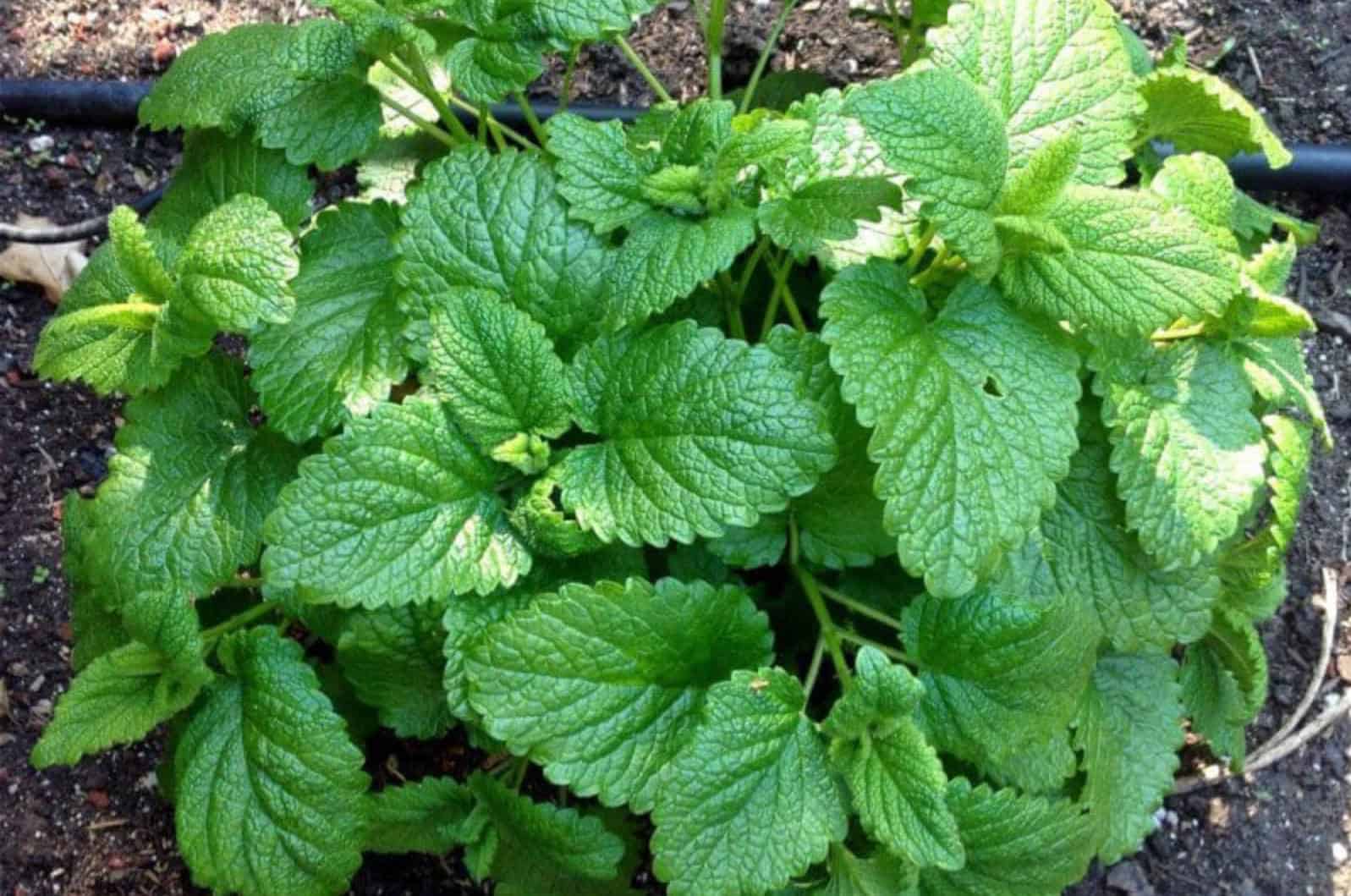
Lemon balm is an excellent aid for gastrointestinal problems with wild rabbits. As keeping themselves in shape and healthy, lemon balm can help decrease problems with the digestive tract. The herb is also a good source of stress reduction for wild rabbits.
Thyme

Like lemon balm, thyme is a good aid for gastrointestinal problems. They also provide a good number of vitamins and minerals.
Flowers

Flowers are not just suitable for ornamental use; rabbits also love to munch on them. Wildflowers such as dandelions and daisies are present all year round. They are also accessible for wild rabbits as flowers grow alongside weeds.
Flowers that wild rabbits eat includes:
- Marigold
- Rose
- Sunflower
- Petunia
- Pansies
- Lavender
Rabbits love to munch on the stem, leaves, and especially buds of flowers. If you have a flower garden, make sure that there are no wild rabbits in your area. They can and probably will eat them while no one is looking.
Twigs, Barks, and Stems
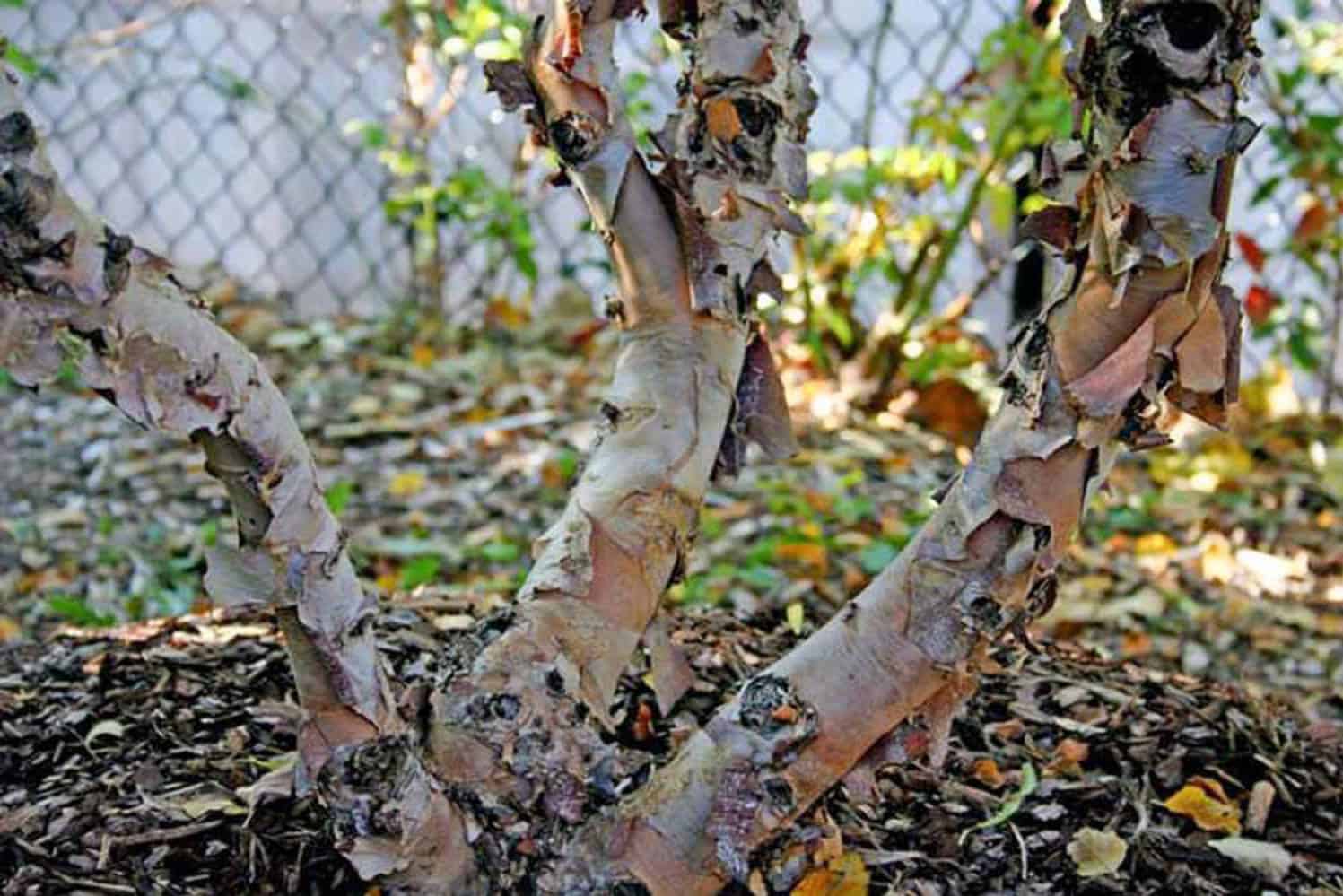
Winters are a challenging feat for animals that don’t hibernate. Most food sources are unavailable due to the coldness of the temperature, and the land has a lot of snow.
Wild rabbits can chew on soft barks, twigs, and stems when it’s dry season, and the food is scarce. Chewing on delicate twigs can help the rabbit’s digestion.
They are low on nutrients but high with fiber. Twig, barks, and stems can sustain wild rabbits throughout the cold and dry season, but this food source is not enough as a primary food.
Rabbit Milk

Before wild rabbits start to forage on their own, they need the milk from their mother. For four weeks, kits are provided and cared for by their mother.
By the time of weaning, they start to forage on their own.
Excrement
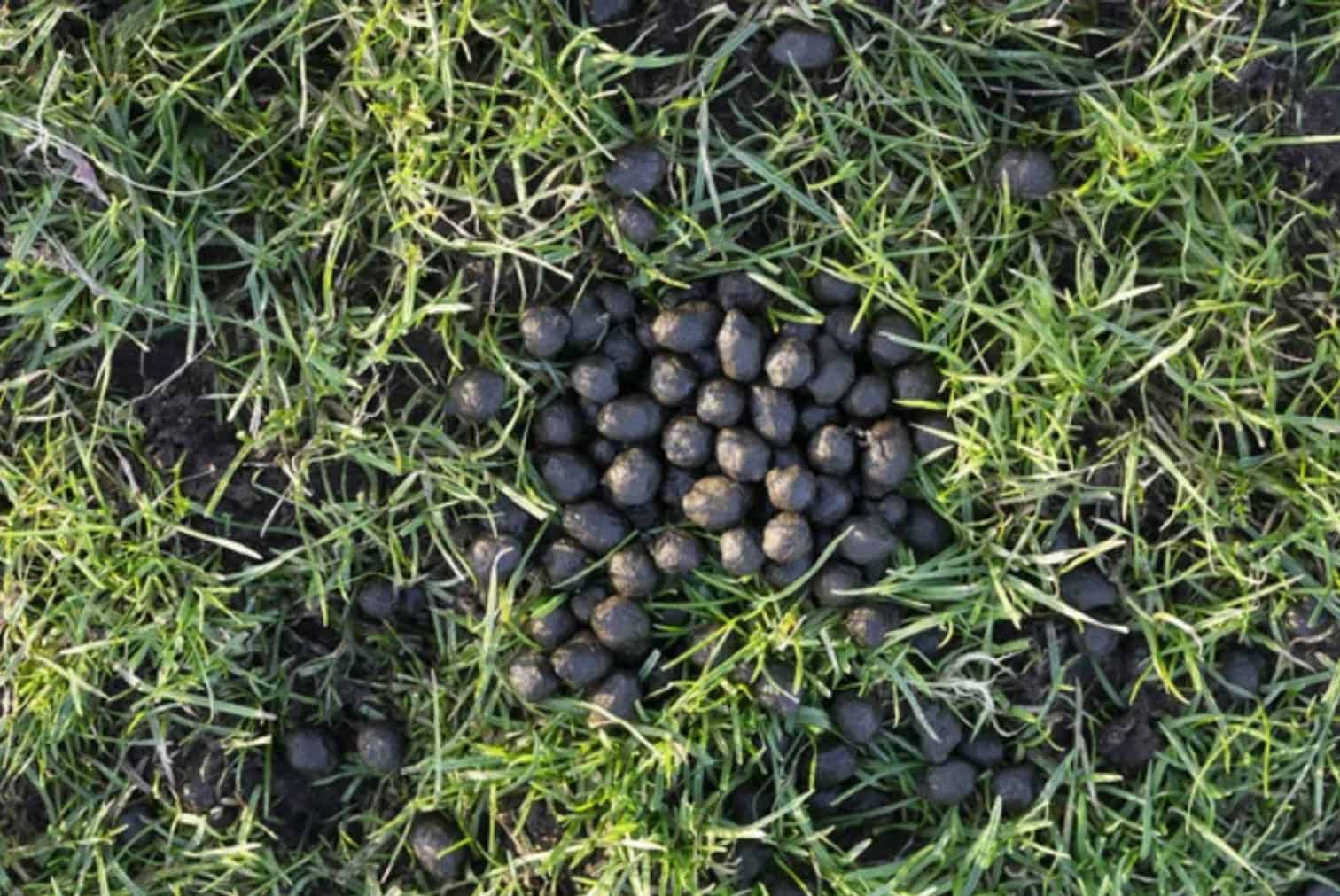
It may sound disgusting, but rabbits are known to eat their own excrements. They produce two distinct wastes: hard droppings and cecotrope.
Hard droppings are what most of us are familiar with. It’s a hard black excrement like those of goats. Cecotropes, on the other hand, is distinct excrement from rabbits. They are clumped together compared to hard droppings, which are extracted individually.
Although it may sound unappetizing, rabbits need cecotropes to get the best out of their diets. Cecotropes are partially digested food. As they eat it, rabbits get the complete nutrients from their diet.
It’s completely safe and healthy, especially for wild rabbits who need to make the most of their surroundings to survive.
Can Wild Rabbits Eat Fruit?
Fruit is not a primary food source for wild rabbits. Most fruits have a high amount of sugar that can cause problems for wild rabbits. Toxins are also present on various fruit seeds, so rabbits stray away from them.
When food is scarce, wild rabbits are observed to eat berries. Berries are not a part of their diet, but it is safe for short consumption and survival. Grass and vegetables are the needed supply for wild rabbits to survive.
Can You Feed Wild Rabbits?
Wild rabbits are more than capable of foraging and searching for their food without human intervention. If you are interested in feeding and attracting wild rabbits, you might consider planting a few flowers, such as sunflowers and dandelions.
As much as possible, it’s better not to intervene with their way of life.
In Conclusion
Grass, flowers, tree parts, and their own excrements are wild rabbits’ primary food sources. The diet of wild rabbits does not differ much from the diet of domesticated ones. We hope this overview of what do wild rabbits eat increased your knowledge.
